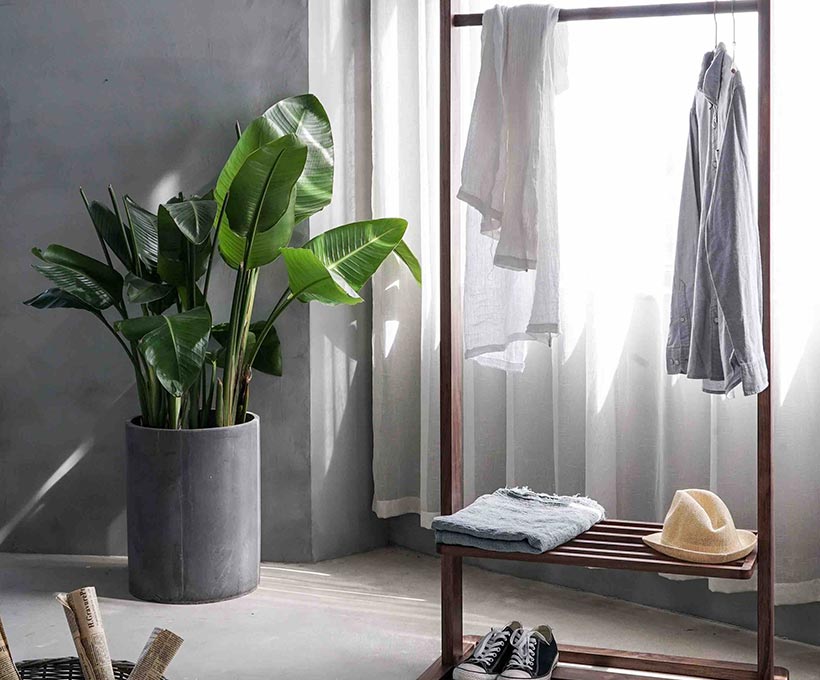Address
304 North Cardinal
St. Dorchester Center, MA 02124
Work Hours
Monday to Friday: 7AM - 7PM
Weekend: 10AM - 5PM
Address
304 North Cardinal
St. Dorchester Center, MA 02124
Work Hours
Monday to Friday: 7AM - 7PM
Weekend: 10AM - 5PM

Picture walking into a room that feels just right—it’s unique, warm, and full of character. The couch might be sleek and modern, while a weathered wood coffee table recalls another era. Maybe a bold chair adds energy next to a piece passed down from family. Mixing furniture styles isn’t about following strict rules. It’s about telling your story, blending beloved pieces and new finds into a look that truly feels like home. With a few smart moves, anyone can mix old with new, classic with quirky, and pull it all together in a way that feels both personal and polished.
Getting the right mix starts with a clear vision. Think about the mood you want the room to evoke. Are you after a cozy, welcoming vibe, or something energetic and bold? Choose a primary style anchor—maybe you’re drawn to modern’s clean lines, vintage shapes, or the earthy touch of rustic elements.
Limit your color palette to three or four shades. Fewer colors give your space a unifying atmosphere, helping different furniture pieces feel like they belong together. Picking a single focal point—like a dramatic vintage credenza or an oversized piece of art—gives your room structure. As you arrange the rest of your furniture, let this main element guide the layout.
For more details on how designers choose their anchors and color plans, the article on Mixing Furniture Styles: 7 Designer Secrets offers helpful insights.
Color brings different styles together in one room. Use the 60-30-10 rule—a classic design formula—for balance. That means 60 percent of your space in a dominant color, 30 percent in a secondary shade, and 10 percent in an accent color. For instance, paint your walls in a soft gray or tan, bring in a navy sofa, then use mustard or blush as a surprise accent.
A limited palette makes blending wood tones and finishes much easier, as everything connects through color. Stick to a few selected shades and your classic table and modern lighting will feel like they’re part of the same story.
Every mixed-style room needs an anchor. This could be a carved antique dresser, a bold piece of artwork, or even a favorite chair. Once you have your focal point, arrange the rest of your furniture to support—not compete—with it.
Let other pieces serve as backup singers, not the main act. For example, if your anchor is a mid-century sofa, place quieter items around it—a simple rug, understated side tables, or artwork in similar tones—to make sure the spotlight stays where you want it.
The goal is a room with character and flow, not a jumble of mismatched stuff. Mixing styles can feel risky, but a few practical techniques ease the process and make rooms feel both exciting and harmonious.
Big with small, soft with hard—these contrasts add interest, but keep comfort in mind. Pair a low, modern sofa with a chunky rustic table, or set a delicate lamp on a sturdy dresser. Varying the height of pieces and watching the spacing prevents visual clutter, creating a pleasing rhythm that’s easy on the eyes.
Maintaining balance between pieces of different sizes is not just about looks—it keeps the space usable and comfortable.
Texture adds richness, like layers in a good outfit. Combine linen with leather, marble with wood, and sleek porcelain with organic baskets. Kick up the comfort with a velvet chair alongside a natural fiber rug or mix smooth glass-topped tables with rougher, rustic benches.
Patterns can work the same way. If one piece has a bold print, keep the rest more muted. When styles mix, repetition and restraint matter.
For inspiration on combining surfaces, see some creative examples in A Designer’s Guide to Mixing Furniture Styles.
Echo colors, metals, or shapes throughout the room to tie everything together. Maybe you have a brass lamp—echo that touch in drawer pulls, a picture frame, or a side table base. Scatter a color from your rug on a vase and a pillow. These repeated gestures build connections across the room even when styles vary.
As detailed in Mixing Furniture Styles: 7 Designer Secrets, repeating key features helps any combination of pieces feel intentional.
Furniture with simple lines or neutral finishes acts as a bridge between different styles. Think of a crisp, white sofa linking a rustic coffee table and a glossy modern lamp. Transitional pieces soften the contrast, giving your bold choices some breathing room.
The Art of Mixing and Matching Furniture Styles adds ideas on how neutral furniture provides an adaptable canvas for layering styles.
Mixing and matching furniture styles shouldn’t feel intimidating. Trust your eye and experiment. Notice how pieces interact and remember that every home tells a different story. With balance, a clear color plan, and a handful of trusted tricks, you can build rooms that showcase your personality and style.
There’s no single formula for getting it right—just a few guiding principles and the freedom to break them when something feels good. Celebrate the blend. Your home will come alive with pieces that matter, mixed in ways only you could imagine.